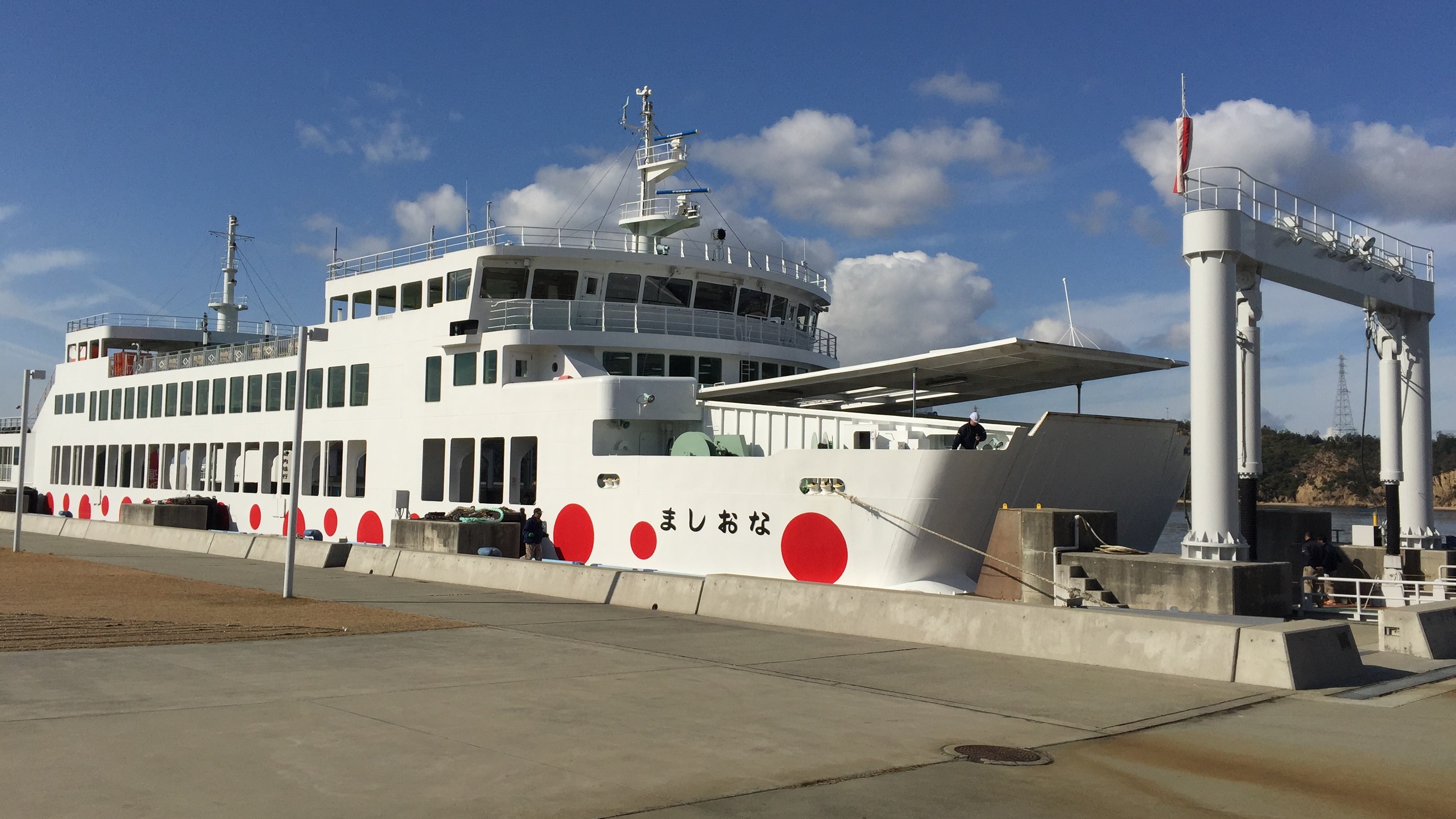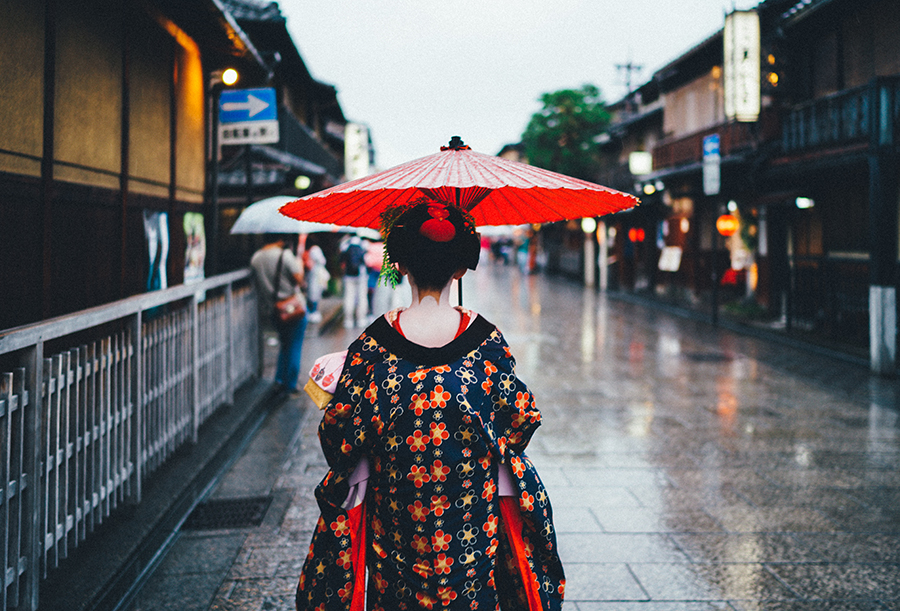Shinkansen, sushi and embracing the onsen – Japan travel expert and JaPlan Guide editor Beatrix Holland shares her top tips for travelling around the Land of the Rising Sun.
What are your top tips for planning a Japan trip?
Figure out your must-do activities, research what you need to book and lock it in. Japan is currently experiencing a huge boom in tourism, so no matter what you want to do, it will be in hot demand. I’ve found it’s best to build in lots of time for wandering around and exploring. I like to do one ‘activity’ a day, whether that’s visiting a gallery, temple, garden, market or a must-do restaurant. If you can’t book something, be sure to factor in time to queue.
Prepare to do a lot of walking. Make sure you bring appropriate shoes and remember that you’ll need to slip them on and off quite regularly. My personal tip: pay attention to your socks!
Brush up on local etiquette. Don’t risk being ‘those’ tourists. Things to be aware of include not eating in public, wearing a mask if you’re getting a cold, following the rubbish separation laws and keeping your conversations quiet while you’re on public transport. Make sure you’ve always got a plastic bag with you to put your rubbish in, as bins can be few and far between.
What tools or websites do you use to plan your trip around Japan?
I spend a lot of time researching online, but try to chat with people who’ve been as you always get the best tips from on-the-ground experience. Sites I like to use include Time Out, Tokyo Cheapo, Reddit, social media platforms especially JNTO and our JaPlan! Facebook group.
To research and book accommodation Agoda is my go-to, and I love that you can often opt to pay on arrival. Gurunavi is great for sorting out where to eat – it’s easy to get overwhelmed by choice so this is really handy.
Travefy is my itinerary-organising app of choice, and I especially like it for Japan because it’s simple to upload the documentation for each booking. Having all your PDFs where you need them is very helpful, especially in those ‘I can’t find my booking’ moments.
Because Japan is a country prone to natural disasters, it’s really important to be prepared, and one way to do this is to download the Safety Tips app. This app will give early warnings (where possible) about earthquakes and tsunamis, as well as evacuation information and communication cards to help you in the event of an emergency.
Which cities would you encourage people to visit?
Kyoto is our all-time favourite but it is a popular tourist destination so expect crowds. I get around this by scheduling a few early mornings to visit popular spots, choosing lesser-known alternatives (a favourite is a visit to Saihoji Temple, which has an amazing moss garden) and asking for recommendations from locals.
The farthest afield I’ve ever gone is Yakushima, and we took a ferry from Kagoshima to get there. In spite of the many hours of planning and English not being widely-spoken on the island, combined with our first time renting a car, it was completely worth it and I loved the experience. I’d really recommend getting out of the big cities and into nature – Japan’s a beautiful country.

What are your must-do experiences while in Japan?
Cast aside any reservations and embrace the onsen (traditional Japanese bath)! Bathing culture is a huge part of Japanese life and it’s incredibly enjoyable and relaxing, whether you have a private onsen at your accommodation or decide to try one of the public super sentos (Japanese bath and spa centre).
What are your top tips for exploring Japan on a budget?
Buying a rail pass is great if you plan on doing a lot of train travel within a set time period. But there are other ways to get around that can save you money, including different rail passes, bus passes (the night bus is our favourite as you also save on accommodation) and even some surprisingly well-priced airline passes.
When it comes to snacks and light meals, the konbini (convenience store) is your friend. When you’re in a city there will be a 7/11, Lawson or Family Mart close by, where you can purchase anything from whisky to socks to surprisingly excellent cheap meals. You can enjoy traditional Japanese favourites or pasta, sandwiches and cakes. I like to pick up an onigiri (rice ball), which is a very good thing to have tucked in your bag when you’re on the road.
There’s not much point in spending a lot of money on accommodation unless you’re treating yourself to a night in a traditional ryokan (inn), which often includes dinner. Hotel rooms tend to be on the small side, and you won’t be spending a lot of time in them anyway! Shop around; you’ll find there’s a growing number of well-designed, affordable, boutique options.

What are your three favourite hotels to stay in?
We look for affordable hotels with character, and beds that will accommodate my tall husband. With this in mind, we love Tokyo’s Hotel Graphy, Kyoto’s Len Hostel (a boutique hotel) and the Granbell chain.
Japan is known for its quirky train design aesthetic. Do you have one that you think is an unmissable experience?
Taking the RomanceCar to Hakone. It has special Observation Deck seats that you can book to get a wonderful view, especially great in autumn where you can see an amazing display of colours. When you’re travelling by Shinkansen (bullet train) keep an eye out for Doctor Yellow – high-speed test trains that zip around to check on the condition of the tracks. Everyone around you is bound to get excited if you spot one!
What is your recommended travel itinerary for first-time Japan visitors?
For a first trip, it’s common to do the big three or the Golden Route, which is Tokyo, Kyoto and Osaka. Be prepared as these are also the busiest areas! If you buy a rail pass, I’d try to add one or two extras, maybe Naoshima and the Art Islands, Kanazawa, Hiroshima or Hakone, and also try to sneak in a couple of day trips. Look at what you’re drawn to – be it ceramics, ramen, wildlife, hiking or art – and chances are you’ll find an area that specialises in it.

You’ve travelled extensively in Japan – where do you plan to explore next?
On our next trip we’ll be spending time in Yokohama, the port city directly next to Tokyo. It’s a city of almost 4 million people, but, of course, next to Tokyo it seems like a small town. It will be a venue for next year’s Rugby World Cup and is known for a thriving art scene, craft beer, jazz bars and baseball. We can’t wait to check it out! We’re also headed to Ishigawa, where we’ll be exploring Kanazawa and its wonderful art galleries, and driving around the Noto Peninsula.
 |
About the author Beatrix Holland edits JaPlan Guide, and always has her next trip in the works. She’s a Melbourne-based Aucklander, which makes her doubly obsessed with coffee. |
Heading to Japan?
Download the Rome2Rio app so you can plan your journey on the go.
Popular routes in Japan:
Tokyo → Kyoto
Tokyo → Osaka
Osaka → Hiroshima
Kyoto → Osaka
Tokyo → Nagoya
Tokyo → Sapporo
Tokyo Narita Airport → Tokyo
Hotels:
Book your hotel in Japan here
Attractions:
Explore Tokyo attractions
Explore Kyoto attractions
Explore Osaka attractions
